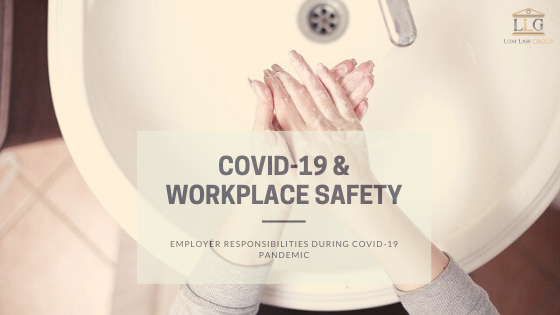COVID-19 and Employer Responsibilities for Workplace Safety

While some employers are subjected to the higher Aerosol Transmissible Diseases (ATD) Standard (California Code of Regulations, title 8, section 5199) in order to protect employees from airborne infectious diseases such as COVID-19, most employers are not. If you are not in healthcare, funeral, or drug-related industries, you will not be subjected to the ATD Occupational […]
The 3 Benefits of Improving Workplace Safety

Workplace safety is important for employees and businesses alike. Without it, chaos takes over and employees tend to trust their employers a whole lot less. Here are three benefits of improving the safety of your workplace. Improved Employee Morale The definition of morale, according to the Merriam-Webster Dictionary, is the confidence, enthusiasm, and discipline of […]

